Strengthening Climate Information and Early Warning Systems in Zambia
Project Overview
This project, "Strengthening Climate Information and Early Warning Systems in Zambia to support climate resilient development", responds to priorities and actions identified in the NAPA of Zambia which articulate the need for securing, transferring and installing critical technologies, as well as developing the necessary systems for climate change-related information to permeate into decision-making processes. The technologies required to achieve these aims will increase the capacity of the national early warning network to forewarn and rapidly respond to extreme climate events.
It is expected that as climate change unfolds the frequency and intensity of climate related shocks will change, therefore improving Early Warning Systems (EWSs) is one way to adapt to a changing climate. As an adaptive measure EWS also benefit the poorer segments of society, those who do not necessarily benefit from large protective infrastructure project. Furthermore, improving the EWS also provides benefits for long term planning and helps NHMS and other institutions build capacity to service other needs e.g. for land-use and agricultural planning, hydro-electric power etc.
For updates on UNDP Early Warning Systems and Climate Resilient Development projects in Africa, visit the UNDP-EWS Africa Blog.
Project Details
The project is focused on strengthening the capacity of national and sub-national entities to monitor climate change, generate reliable hydro-meteorological information (including forecasts) and to be able to combine this information with other environmental and socio-economic data to improve evidence-based decision-making for early warning and adaptation responses as well as planning. The proposed project will be implemented at the country level by the lead Ministry mandated to advance climate monitoring including management of climate data in full collaboration with other relevant line Ministries who rely on the information for planning purposes (Disaster Management, Agriculture, Water, Finance and Planning etc). Sub national authorities (Provincial and/or District officers, Municipalities, civil society (women and youth associations, NGOs, media, farmers’ associations) and the private sector will all also be important stakeholders (as end users) and will be provided with the space and opportunity to contribute to the design of the project in each country.
News
Strengthening Capacities and Accelerating Response to Climate Change in Zambia
Roida Zulu, 40, and her family live in Mambwe District in Zambia’s Eastern Province where the lack of rainfall has made it difficult for them to grow maize, their staple crop. Their indigenous knowledge of previously predicting the weather has resulted in low yields and sometimes even no harvest at all.
“Many years ago, we predicted the weather and knew when to plant,” Roida recalled. “But these days, the weather is unpredictable. Now the dry season can bring continuous rain while the hot season is too wet.”
These hardships could have been avoided, but climate change has robbed the farmers of their ability to predict the weather, a skill passed down through generations and sharpened by years of experience.
With much of Zambia’s rural population dependent on rain-fed agriculture, the negative impacts of climate extremes are being felt by all. Lower yields are increasing prices for staple food, like maize, and reducing revenues from key crops such as sorghum, millet, groundnuts, sunflower and soya beans.
Climate change fighters in Zambia
Real-time weather forecasts help rural women farmers win their battle against the impact of climate change.
Grace Milimo, 36, provides living testimony of women farmers who tackle climate change head-on and flourish. While fellow farmers in various parts of the country despair over plummeting yields caused by erratic rains and regular dry spells, she manages to produce “bumper” harvests and uses the surplus crops to protect her family against food insecurity and pay for her children’s education. Living in one of the driest region of Zambia, the Southern Province, Grace has had to deal with harvest loss more than once. This made it hard for her to make ends meet in the past. These days, she is equipped with new skills thanks to a Climate Information and Early Warning Systems project run by the Zambia Meteorological Department in partnership with UNDP and funded by the Global Environment Facility’s Least Developed Countries Fund.
FIERCE CLIMATE CHANGE FIGHTERS by CIEWS PROJECT - ZAMBIA on Exposure
Key Results and Outputs
Project Objective: To strengthen the climate monitoring capabilities, early warning systems and available information for responding to climate shocks and planning adaptation to climate change in Zambia.
Outcome 1: Enhanced capacity of national hydro-meteorological (NHMS) and environmental institutions to monitor extreme weather and climate change.
Output 1.1 Procurement and installation or rehabilitation (in case of existing) of approximately 10+ hydrological monitoring stations with telemetry, archiving and data processing facilities.
Output 1.2 Procurement and installation or rehabilitation of 20+ meteorological monitoring stations with telemetry, archiving and data processing facilities.
Output 1.3 Procurement and installation or rehabilitation of radar for monitoring severe weather.
Output 1.4 Procurement and installation or rehabilitation of upper air monitoring stations
Output 1.5 Procurement and installation or rehabilitation of satellite monitoring equipment to receive real time climate and environmental information.
Output 1.6 Training of at least 3-5 officers to maintain and repair equipment, computer infrastructure and telecommunications (approx. $100,000).
Outcome 2. Efficient and effective use of hydro-meteorological and environmental information for making early warnings and long-term development plans.
Output 2.1 NHMS capacity to make and use climate forecasts (on daily to seasonal, as well as medium- to long-term timescales) is strengthened by training at least 4 forecasters. (approx. $100,000)
Output 2.2 Tailored sector-specific early warning products that link climate, environmental and socio-economic information on a range of timescales are developed, based on identified user needs.
Output 2.3 National capacity for assimilating forecasts and monitoring into existing development planning, PRSPs and disaster management systems is built.
Output 2.4 Communication channels and procedures for issuing warnings (through both governmental and non-governmental agencies) are enabled (e.g. radio, newspapers, mobile phones, television etc).
Output 2.5 Plan for sustainable financing for the operation and maintenance of the installed EWS developed and implemented. (approx. $100,000)
Outcome 3. All components of implemented EWS are able to function as an integrated system within and between countries
Output 3.1 Technical guidance and training delivered to all relevant country agencies on selection and identification of cost effective technologies, including climate monitoring equipment, tailoring of climate information and generation of technically robust warning messages.
3.2 Key stakeholders trained on installation of new equipment, warning products and systems in coordination with other ongoing initiative"
Reports and Publications
ProDocs
Board Meeting Reports
Summary of Zambia Inception Workshop – Tuesday 11th September, 2012
Summary of Zambia Inception Workshop – Tuesday 11th September, 2012
PIFs
Monitoring and Evaluation
The implementation of the project’s activities will reflect UNDP-GEF monitoring and evaluation standards and procedures, in line with the requirements of the LDCF. Details for monitoring and evaluation will be articulated during the project development phase.
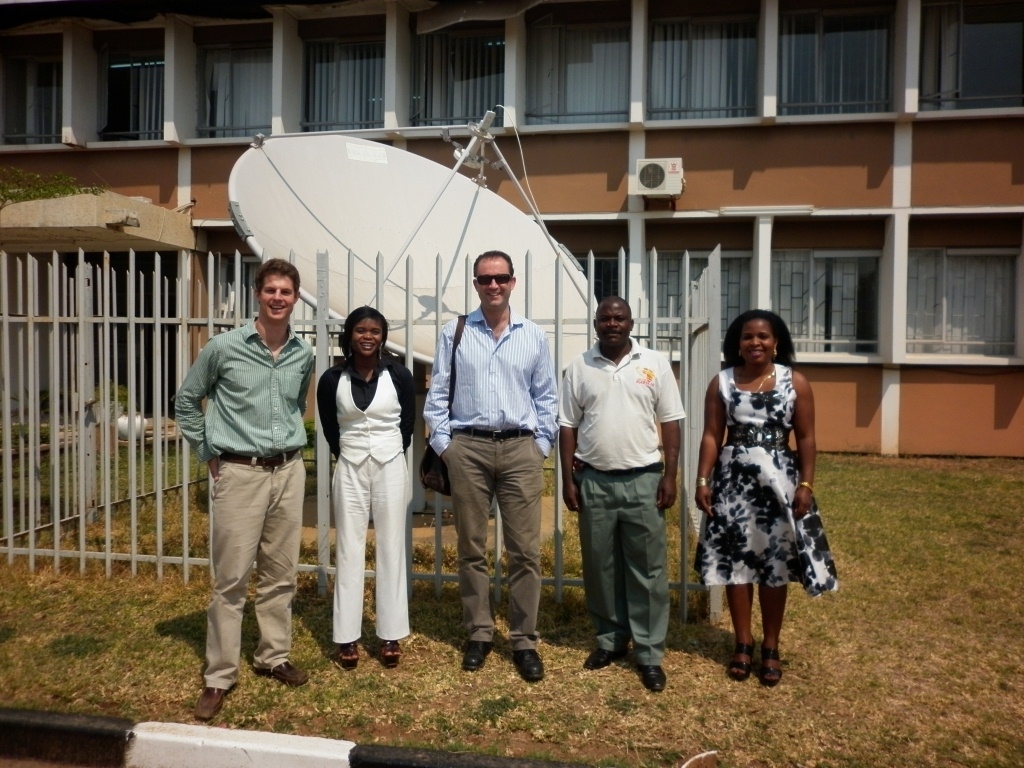
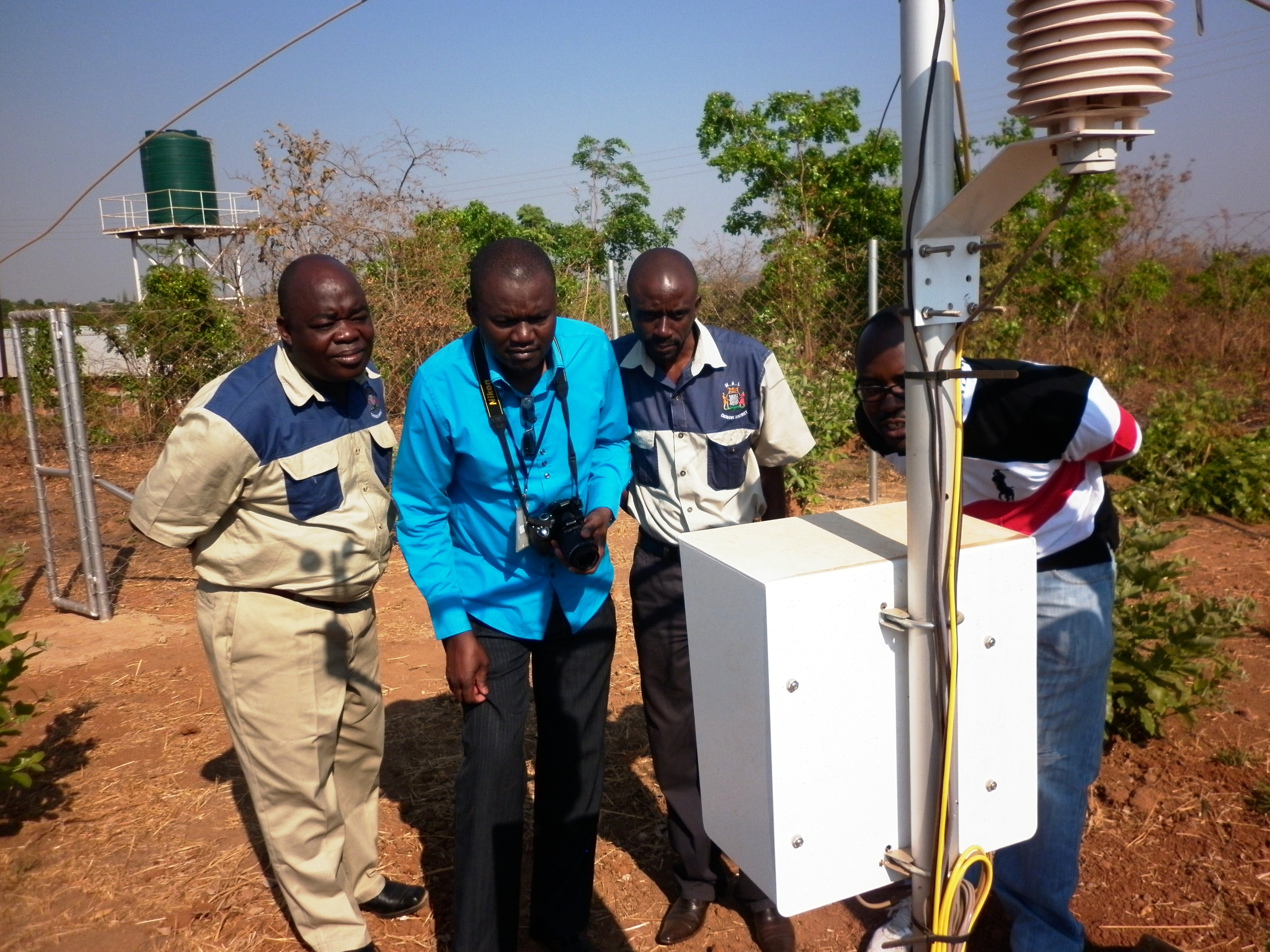
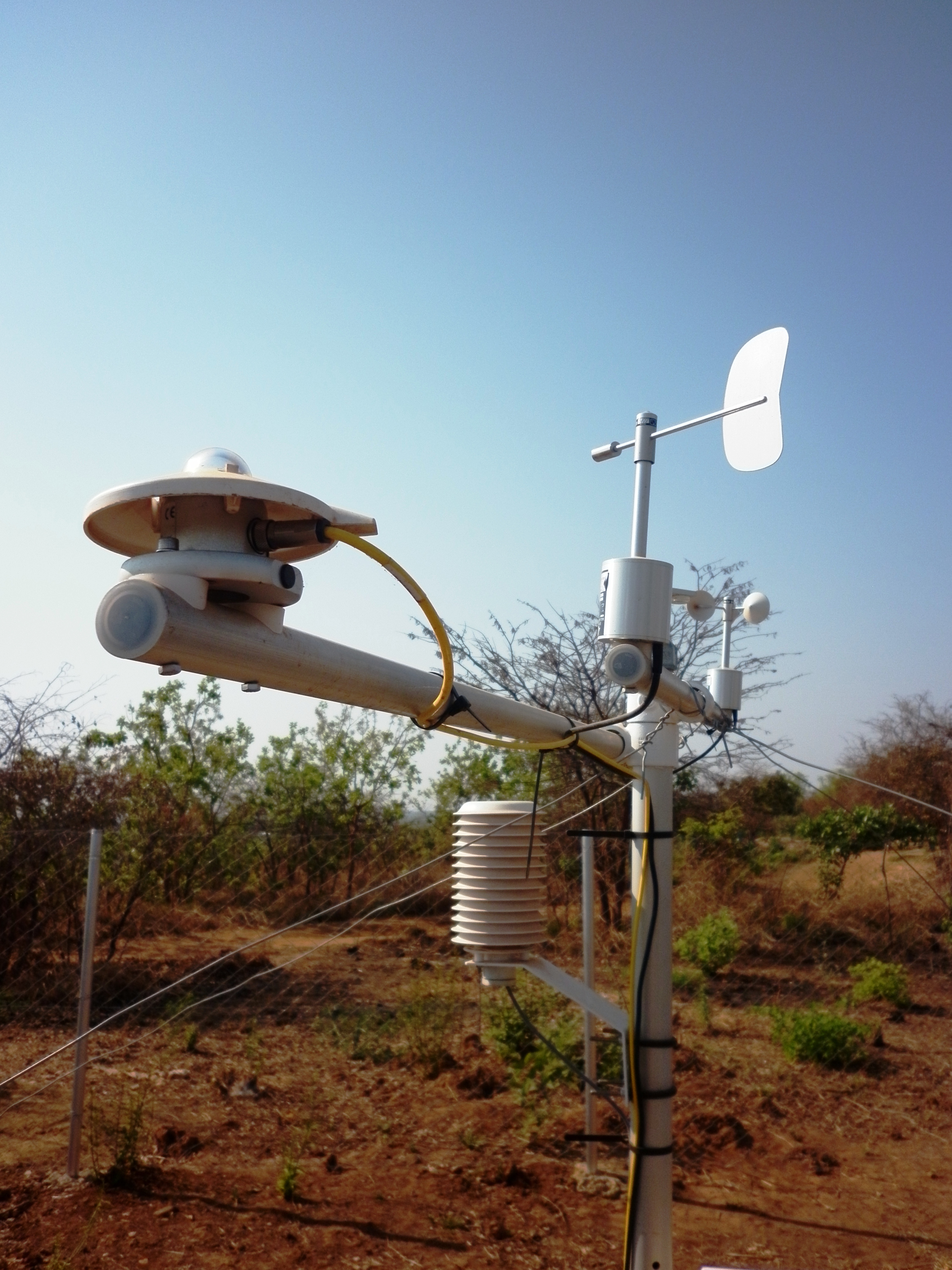
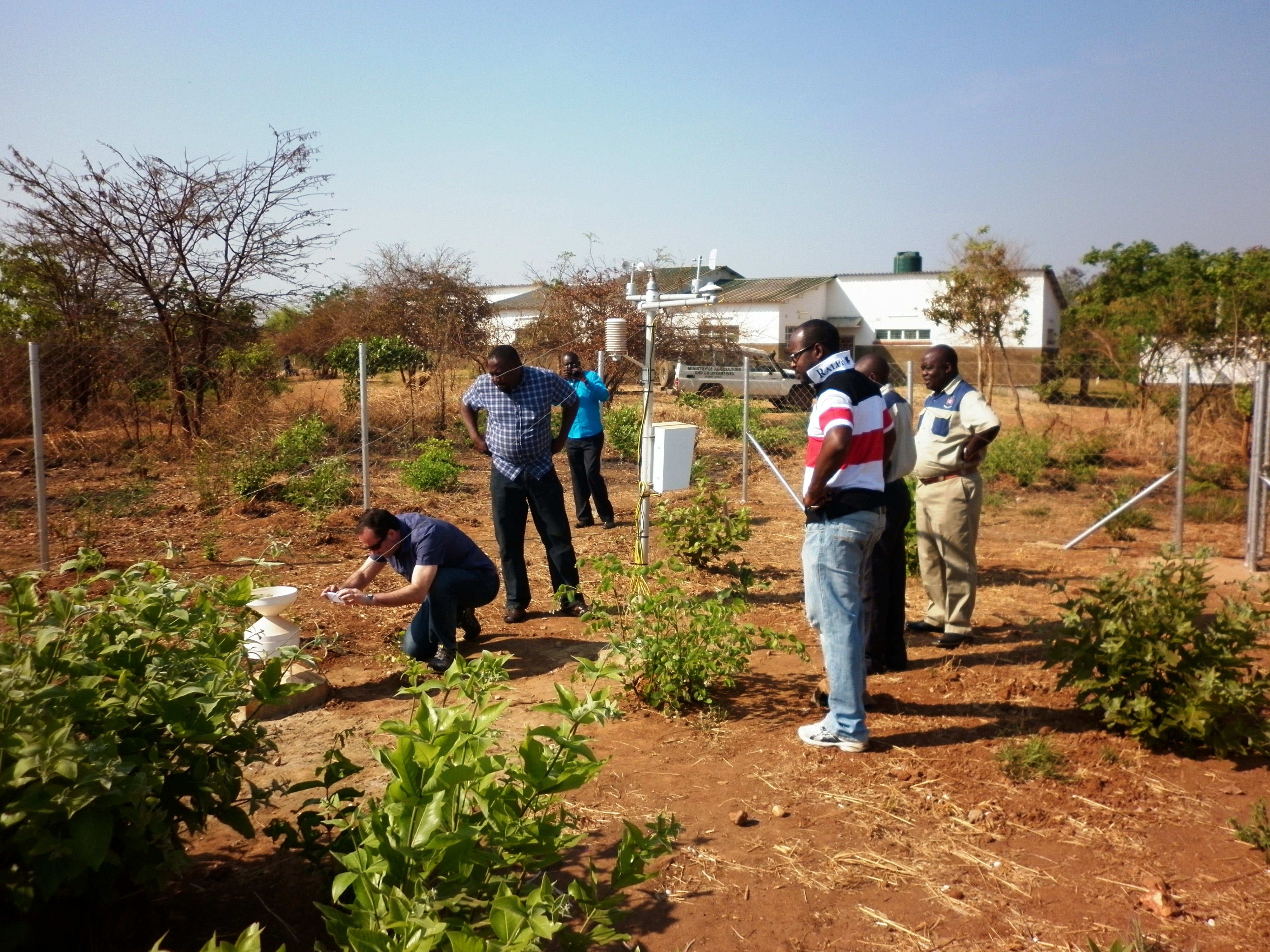
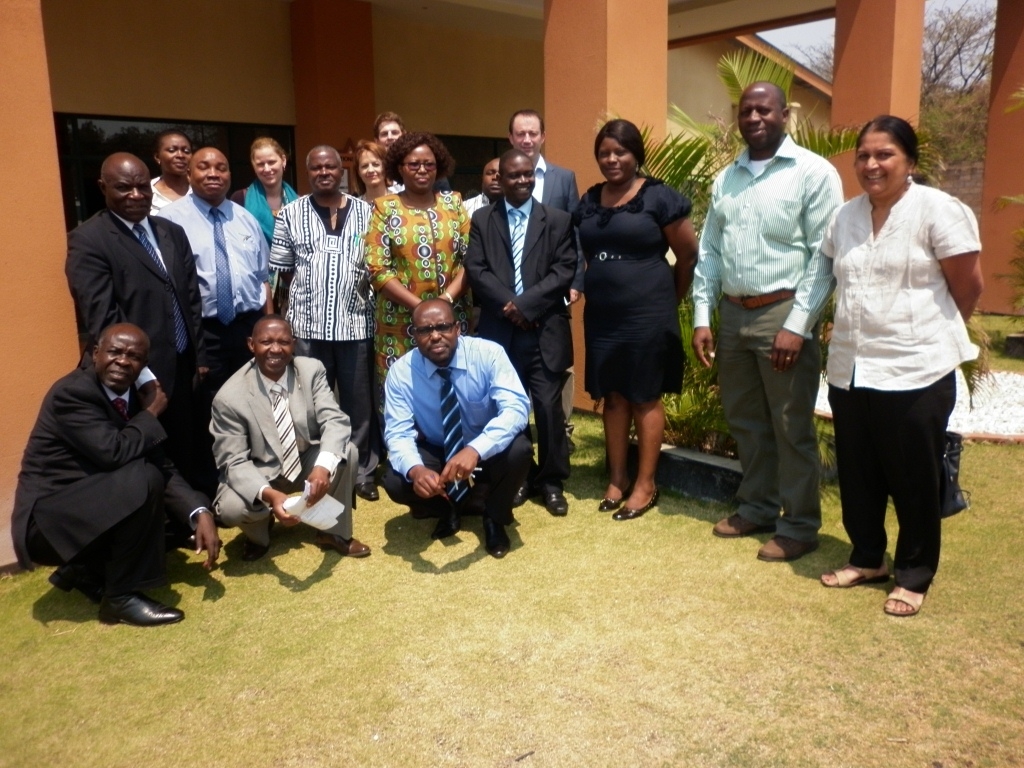
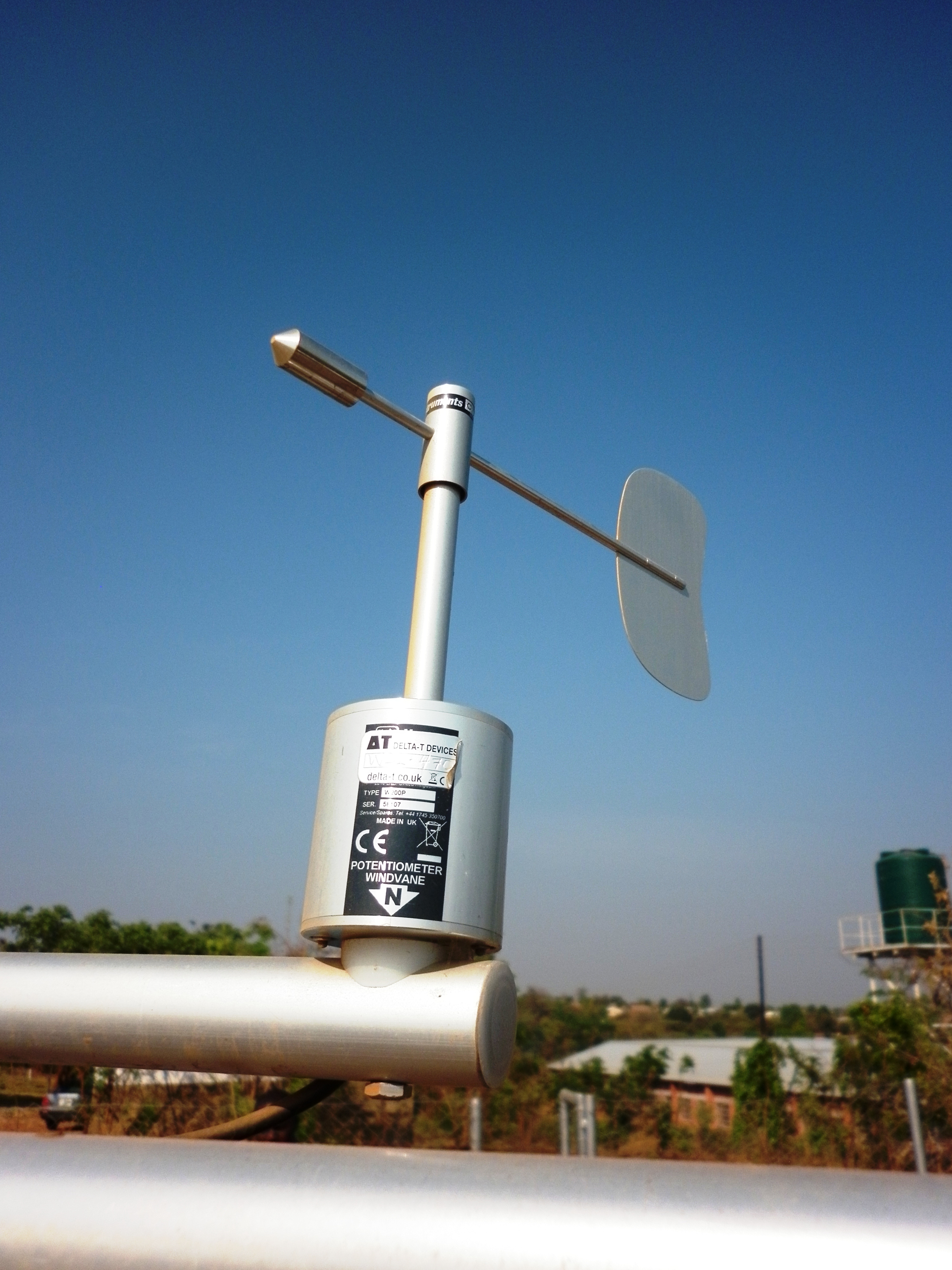
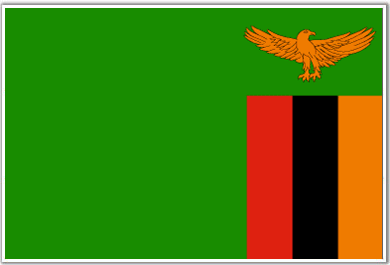


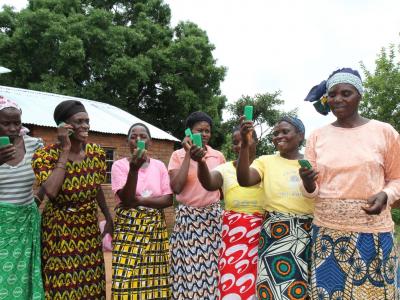 Real-time weather forecasts are helping Zambian women farmers win their battle against the impact of climate change
Real-time weather forecasts are helping Zambian women farmers win their battle against the impact of climate change